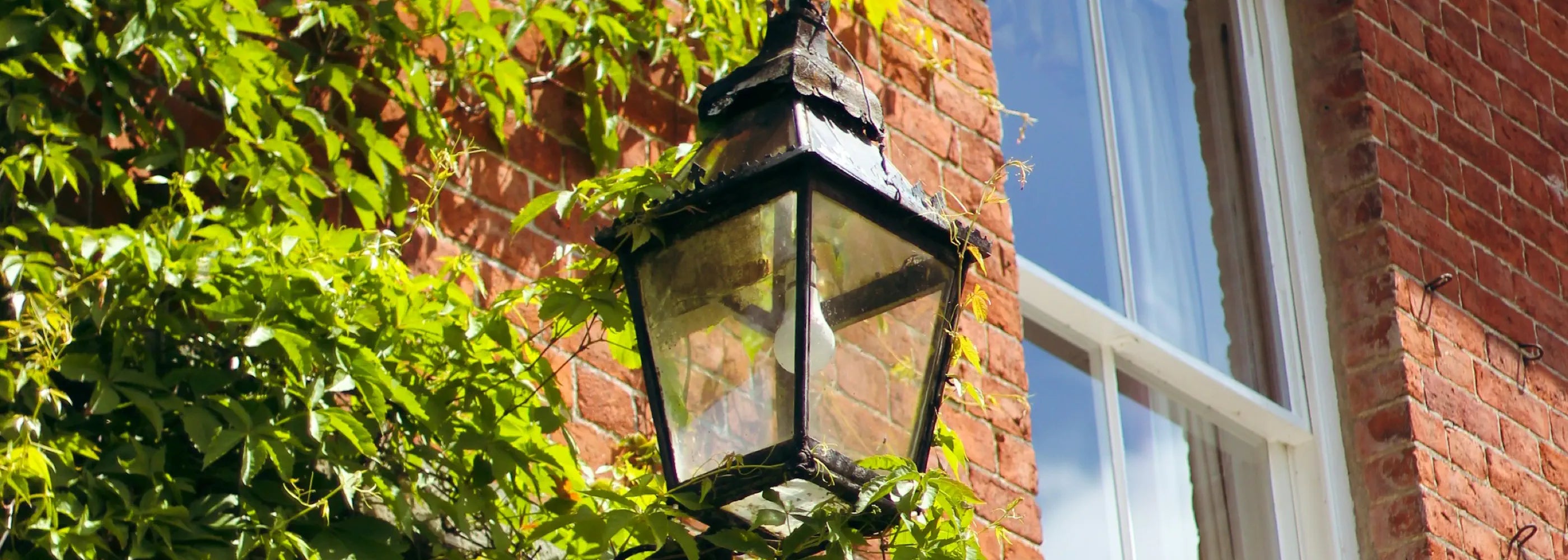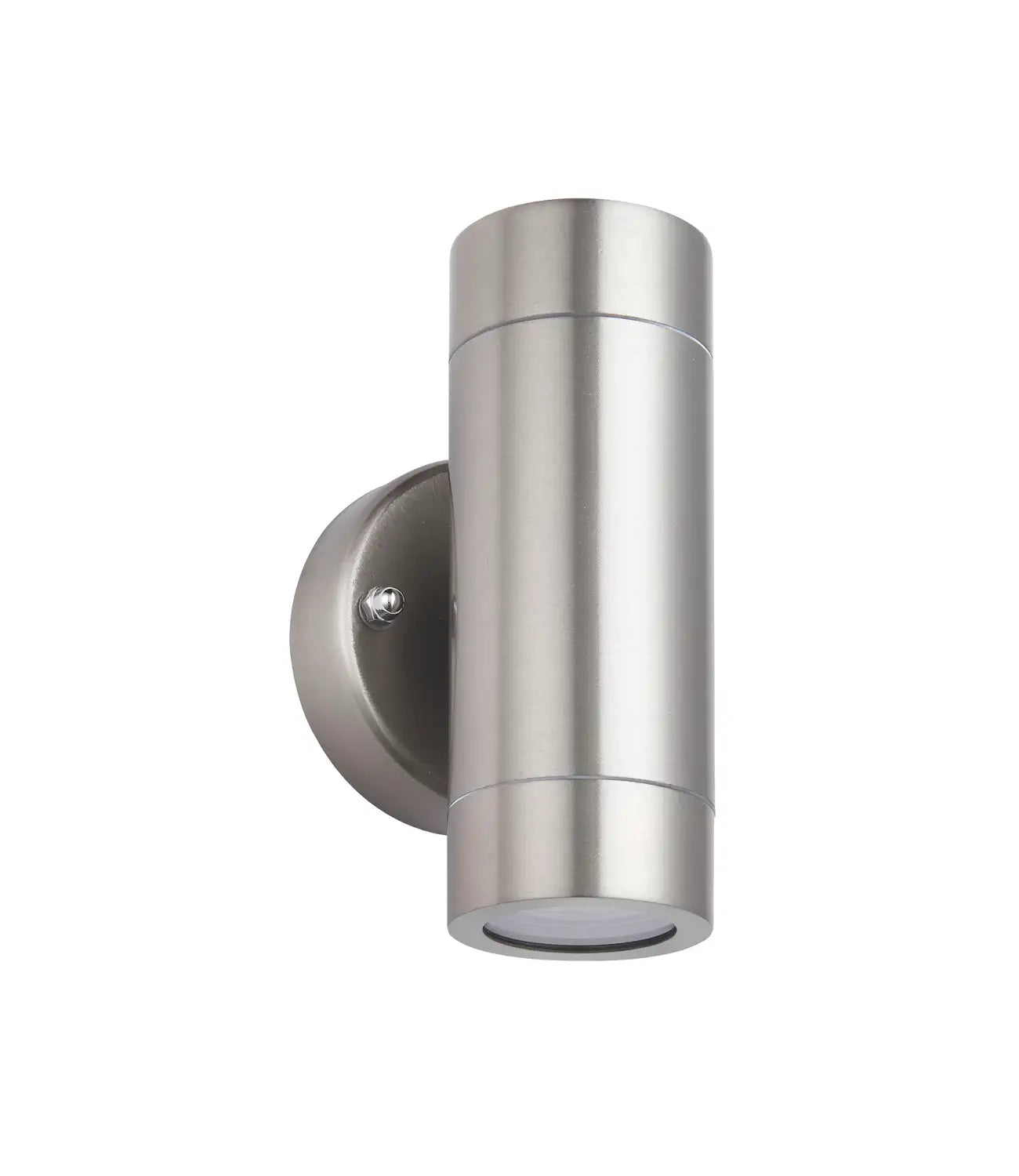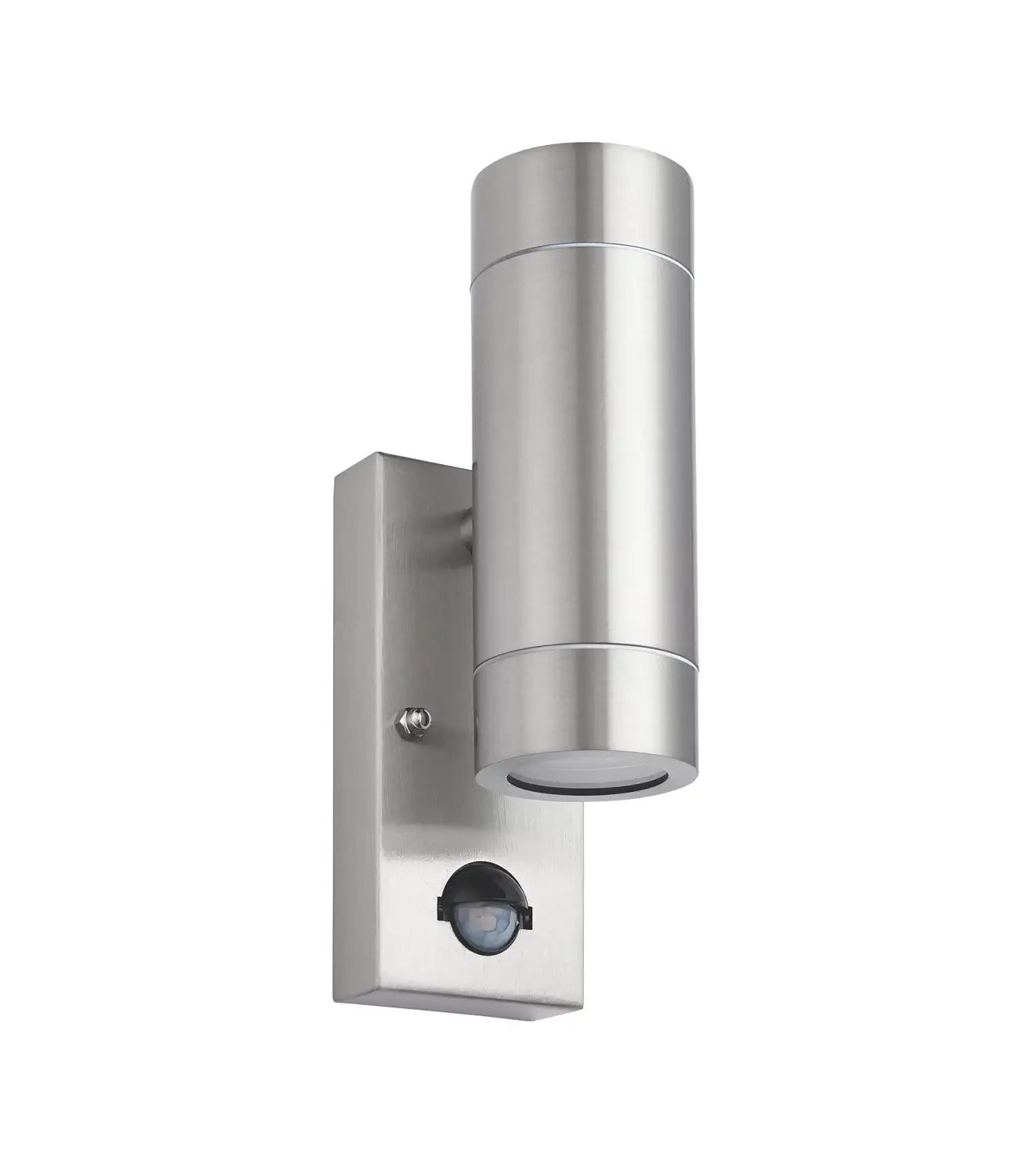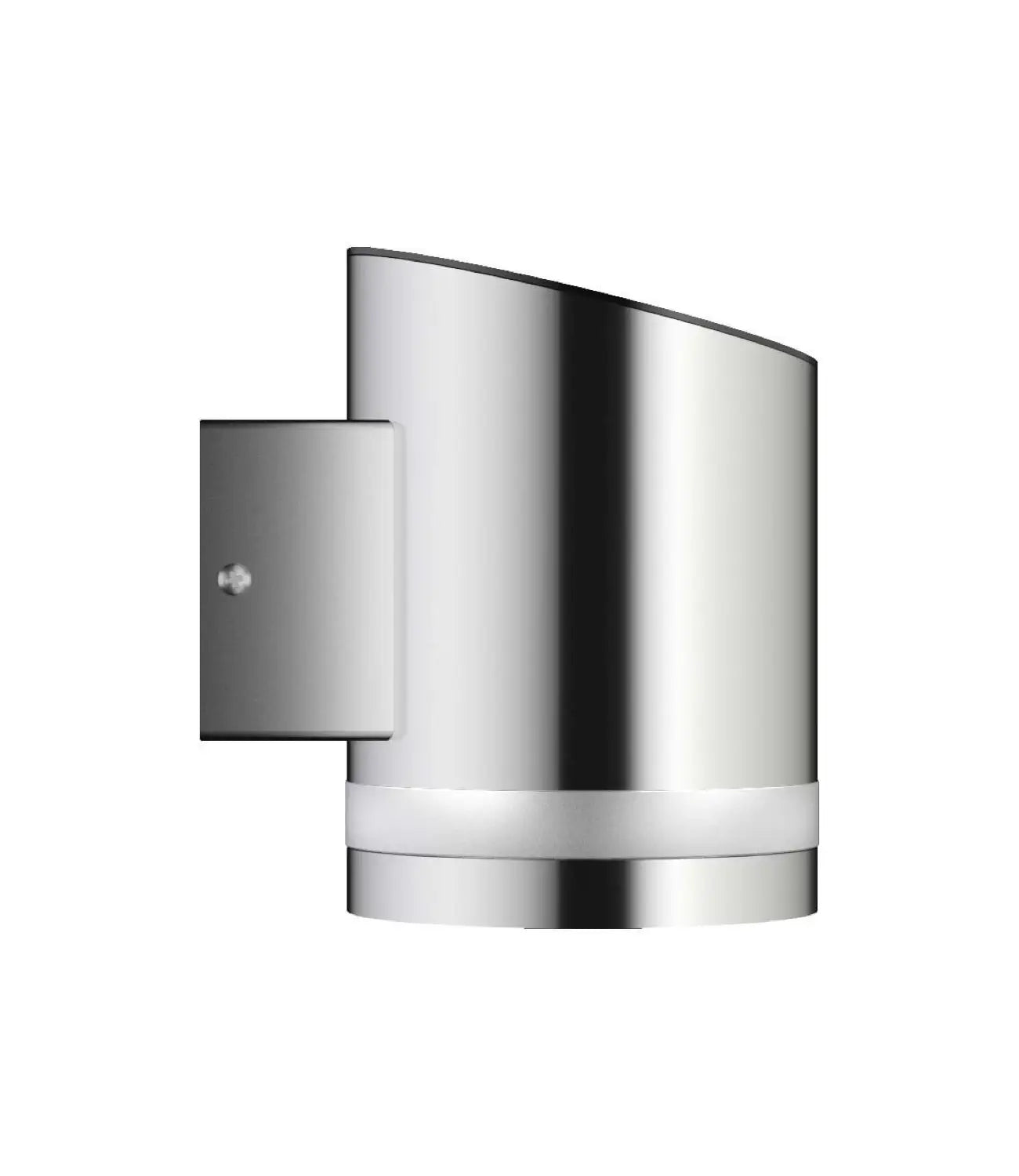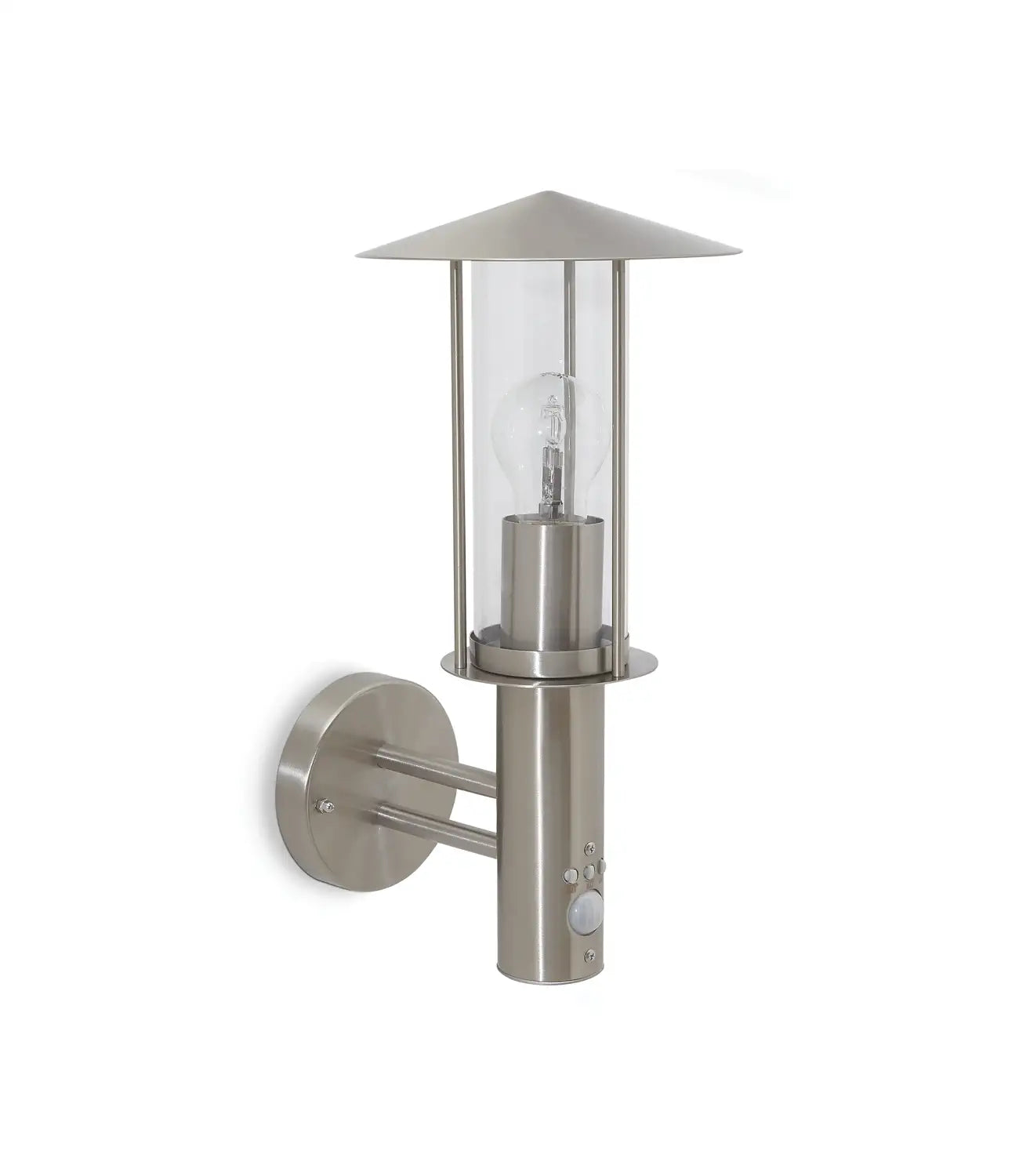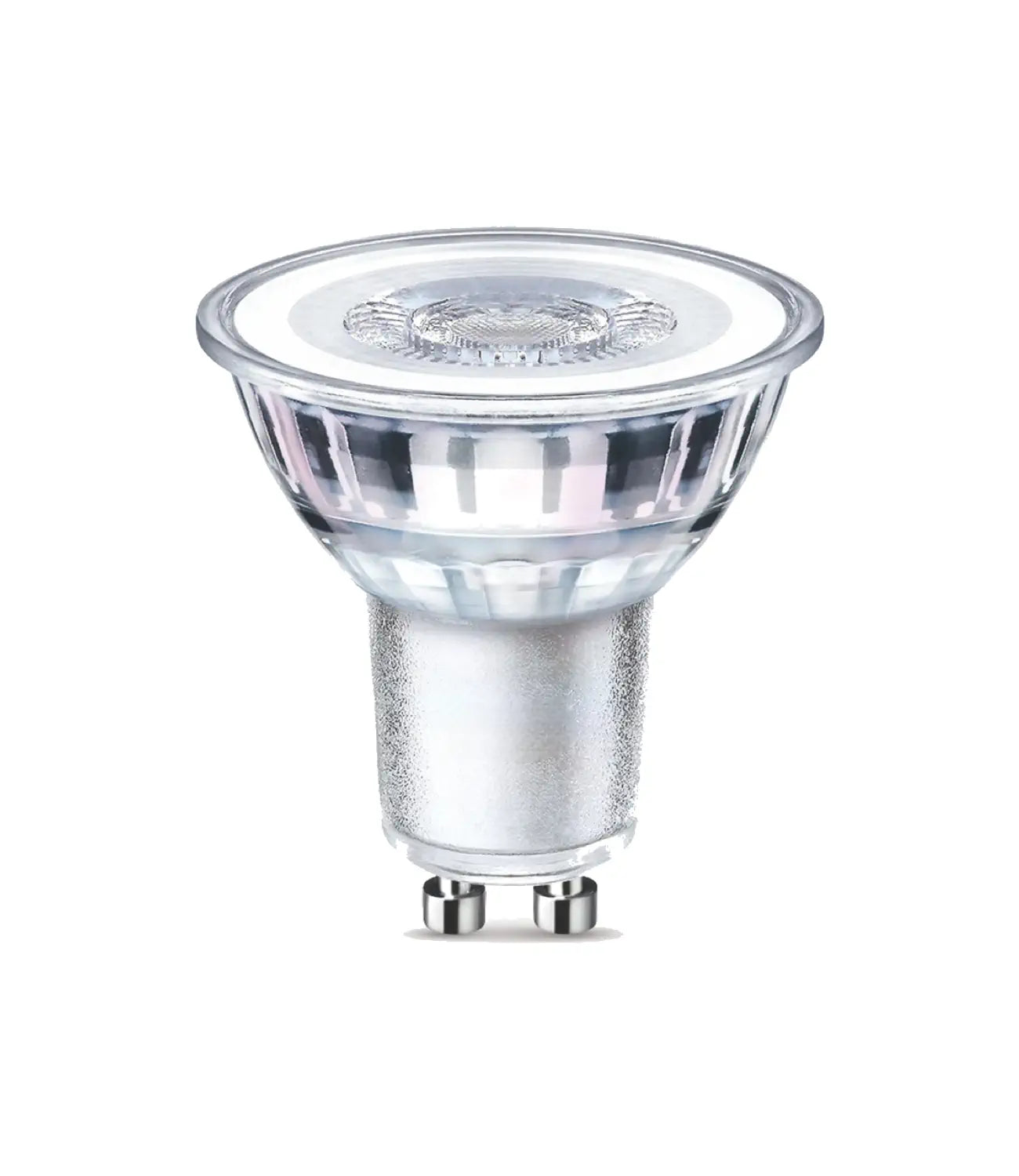If you’ve ever shopped for outdoor lights, you’ve probably come across terms like IP65 or IP44 in the product descriptions. But what do these numbers mean, and why do they matter for your outdoor lighting?
In this guide, we’ll break down IP ratings (Ingress Protection ratings), explaining how they work, why they’re important, and how to choose the right rating for your needs. Whether you’re upgrading your garden lighting or installing wall lights for extra security, understanding IP ratings will help you make the best choice.
International Standards and UK Relevance
IP ratings were established under the IEC 60529 standard, which is recognised worldwide. In the UK, IP ratings serve as a benchmark for product quality and safety, especially for outdoor lighting. This ensures that products meet strict durability requirements and perform reliably in the UK’s unpredictable weather.
At Outdoor Lights UK, all our products comply with these international standards, offering you the peace of mind that your lights are built to last. Whether you’re choosing IP44 for a covered porch or IP65 for exposed garden areas, you can trust the quality of every light in our collection.
A Brief History of the IP Rating
IP ratings were introduced as part of the IEC 60529 standard, established by the International Electrotechnical Commission (IEC). Today, they are used worldwide to ensure consistent testing and classification for electrical enclosures, including lights.
This means that whether you’re in the UK, Europe, or anywhere else, you can trust an IP rating to provide reliable information about a product’s durability.
What's an IP Rating?
IP stands for Ingress Protection, a globally recognised standard used to measure how well a product is protected against solids (like dust) and liquids (like water). Essentially, it tells you how weatherproof or dust-proof your lights are. Each IP rating is a two digit number, with either single digit representing a different classification:
The first digit rates protection against solids, such as dust or dirt (0–6, with 6 being completely dust-tight).
The second digit rates protection against liquids, such as rain or water jets (0–9, with 9 offering the highest resistance).
How are IP Ratings Tested?
Products are tested under controlled conditions to measure their resistance to solids and liquids. Here’s how it works:
Items are exposed to particles of varying sizes to check how well the enclosure prevents them from entering. For example:
- IP6X: Completely dust-tight.
- IP4X: Protected against objects larger than 1mm (like small tools or wires).
Products are subjected to water exposure in various forms, including:
- Light splashes (IPX4).
- Water jets from all directions (IPX5 or IPX6).
- Full immersion (IPX7 or higher).
IP Rating Chart
To make it easy to understand, here’s a handy chart that explains the meaning behind each IP rating:
First (Solids)
Second (Liquids)
No protection
No protection
Protected against objects > 1mm
Protected against splashing water
Limited dust ingress allowed
Protected against water jets
Completely dust-tight
Protected against powerful water jets
Completely dust-tight
Protected against immersion up to 1m
Comparison of Common IP Ratings
Compare the most common IP ratings for outdoor wall lights and how each rating impacts their functionality and practicality in daily use.
Solids Protection
Liquid Protection
Protected > 1mm
Splash-resistant
Dust-tight
Resistant to water jets
Dust-tight
Resistant to powerful water jets
Dust-tight
Immersion up to 1m
When to Choose a High or Low IP Rating
A higher IP rating means more protection, but not every outdoor light needs the highest IP rating. Here are some situations where a high IP rating is essential and others where it’s not necessary:
- Use IP65 lights to protect against rain and water jets.
- Ideal for wall lights and pathway lights in areas with frequent weather exposure.
Opt for IP67 or higher for lights near ponds or fountains, as these are tested for water immersion.
An IP44 light is perfect for splash resistance and offers enough protection for sheltered spaces.
Lights under eaves or awnings don’t need to withstand heavy rain, so you can choose a lower rating for aesthetics.
Top Outdoor Lights by IP Rating
IP65 Wall Lighting
Perfect for gardens, patios, and driveways. Shop our IP65 Wall Lights
IP44 Decorative Lights
Stylish options for sheltered porches and patios. Shop our IP44 Decorative Lights
IP66 Security Lights
Built for maximum durability in tough weather conditions. Shop our IP66 Security Lights
FAQs About IP Ratings
You asked, we answered. Read our frequently asked questions about IP ratings.
What does IP stand for?
IP stands for Ingress Protection, a system that measures how well a product is protected against solids (like dust) and liquids (like water).
What is the difference between IP65 and IP66?
Both IP65 and IP66 are dust-tight, but IP66 offers greater water protection. While IP65 resists water jets, IP66 can withstand more powerful jets, making it suitable for exposed environments with heavy rain or pressure washing.
Is IP44 suitable for outdoor lights?
Yes, IP44 is suitable for sheltered outdoor areas such as porches or covered patios. However, for fully exposed areas, a higher rating like IP65 or IP66 is recommended.
Do IP ratings apply to solar lights?
Yes! Solar lights often come with IP ratings like IP65 or IP67, ensuring they’re weatherproof and suitable for outdoor use.
Are higher IP ratings always better?
Not necessarily. Higher IP ratings, like IP66 or IP67, are essential for areas exposed to extreme weather, but for sheltered spaces, lower ratings like IP44 may suffice and can be more cost-effective.
How do I choose the right IP rating for my outdoor lights?
Consider the environment:
- Exposed to rain or dust? Go for IP65 or higher.
- Sheltered under a roof? IP44 will do.
Near water features? Choose IP67 for water immersion protection.
Are IP ratings used outside the UK?
Yes, IP ratings are part of the international IEC 60529 standard and are recognised globally.
How do I know if a light is waterproof?
Check the second digit of the IP rating:
- IPX4: Splash-resistant.
- IPX5/IPX6: Resistant to water jets.
- IPX7: Suitable for immersion in water.
Why IP Ratings Matter for UK Homes
In regions like the UK, where weather conditions can shift dramatically from rain to frost, choosing an appropriate IP rating ensures your lights remain reliable year-round. Here’s how:
Dust and Pollution
Dust might not seem like a major threat, but in urban areas, pollution and fine particles can accumulate on poorly sealed lights, affecting their performance. IP6X ratings ensure a dust-tight seal.
Seasonal Durability
From cold winters to hot summers, lights exposed to extreme temperature variations benefit from high IP ratings, which ensure the enclosure remains sealed over time.
Safety and Longevity
An inadequate IP rating may lead to water ingress, causing short circuits or dangerous electrical faults. By choosing the right rating, you protect both your home and your investment.
Rain and Humidity
With an average of 133 rainy days per year in the UK, choosing an outdoor light with at least IP65 ensures it can handle frequent rain showers without malfunctioning.
High humidity levels in coastal areas also make weatherproofing essential to prevent corrosion and electrical faults.
Outdoor Items Protection
With thefts of garden furniture and outdoor items on the rise, well-lit spaces deter burglars and keep your outdoor areas secure.
'With outdoor lighting being proven to reduce burglary risk by 39%, ensuring your lights are weatherproof and reliable is essential for both safety and security.'
Common Misconceptions About IP Ratings
Busting some of the common myths regarding IP ratings for outdoor lights.
Not true! Check the IP rating to ensure the light meets your specific weatherproofing needs.
Only choose a high IP rating for areas with extreme exposure to rain or water. For covered spaces, lower ratings like IP44 are perfectly sufficient.
IP ratings only measure protection against solids and liquids, not physical impacts. IK ratings measure resistance to physical impacts, complementing IP ratings for environments where lights are at risk of being struck by objects (e.g., sports areas or busy pathways).
Conclusion
IP ratings might seem technical, but they’re easy to understand once you know the basics. By choosing the right rating, you’ll ensure your outdoor lights are durable, safe, and perfectly suited to your needs.
Explore our range of weatherproof and stylish outdoor lights with IP ratings tailored for UK homes.


